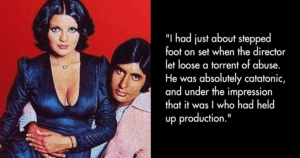If the life of Rajmata Gayatri Devi had to be summed up in a few words, it would unquestionably be extraordinary and unconventional. One of the most modern, independent, and chic Maharanis of India, Gayatri Devi had the kind of life that any biographer would kill to write a book on. Women respected and idolised her. Born into enormous wealth, Gayatri Devi chose to use her wealth to help those in need. Despite being a symbol of India’s feudal past, she decided to be an active participant in Indian democracy.
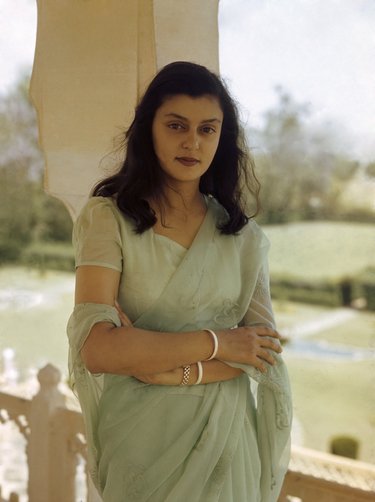
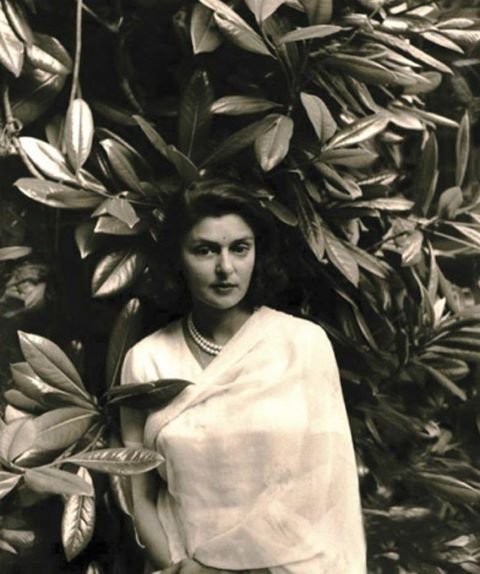
Elegant and graceful in her sarees and sometimes in khaki pants, Gayatri Devi was listed by Vogue as one of the most beautiful women in the world.
To that, she once said,
I really don’t think so. Style comes naturally to me. I guess you’re just born with it. My mother has been my role model and icon. When I was young, I watched her dress. Ma was very fussy about her clothes. Did you know, she was the first person to start wearing saris made of chiffons? But her greatest passion was for shoes. She had hundreds of pairs and still went on ordering them from Ferragamo in Florence. She always knew the best place to buy anything and she shopped all over the world. I guess, I learned about style from her. She taught me all about style. Life was more glamourous in the olden days, a lot has changed now.
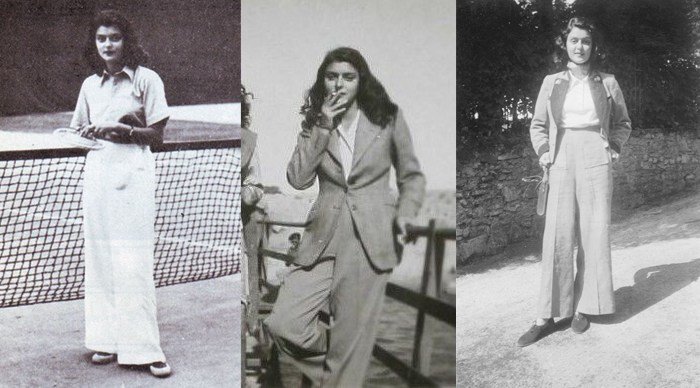
Aside from her exquisite looks, she was a larger-than-life personality who charmed everyone who knew her in person, or even from a distance.
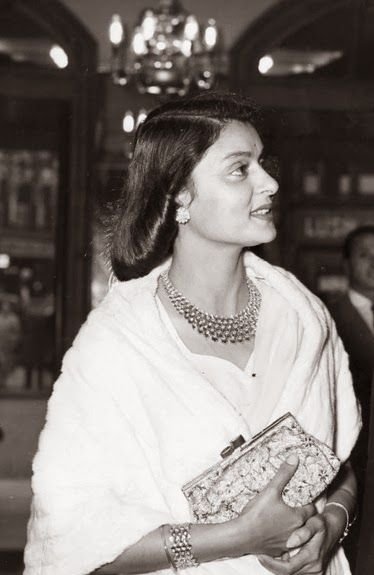
The life she led was symbolic of who she was, as a person- rebellious, opinionated and strong.
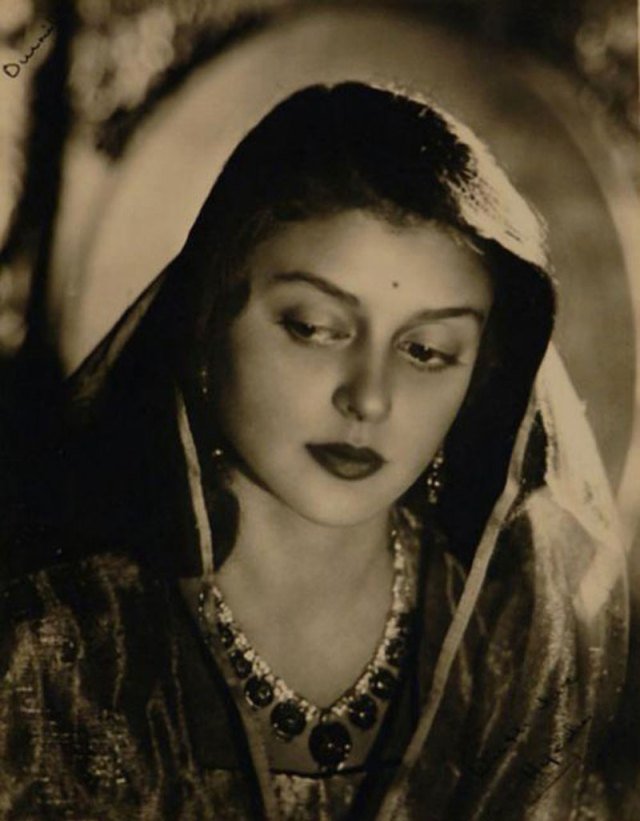
Daughter of the Maharaja of Cooch-Behar, Gayatri – or Ayesha, as she was fondly called – lived an unrestrained life in her palace staffed with five hundred servants. Her boldness and free spirit didn’t come without reason but from her grandmother, Chimnabai, who refused to live a restricted life and entered the world of men. Gayatri’s mother, Indira, refused to accept an arranged marriage and married for love, so it was pretty evident that Gayatri wasn’t going to live her life dictated by the society.
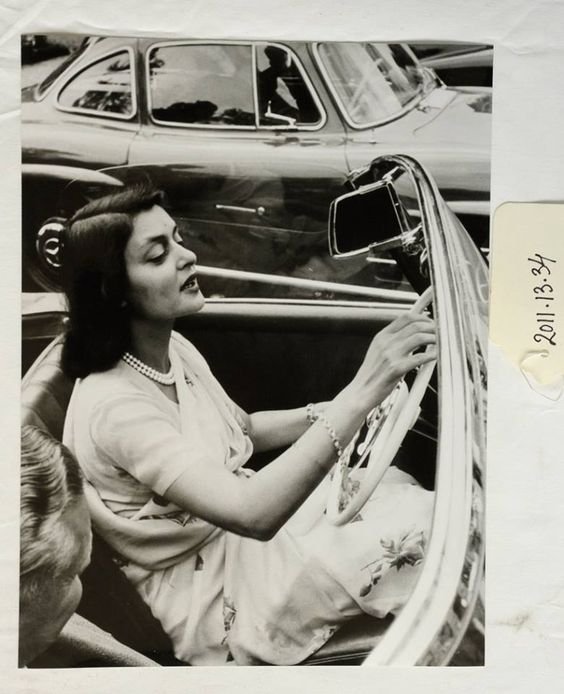
Rather than letting society decide her partner for her, she shunned all norms and married a man – who was almost twice her age – for love.
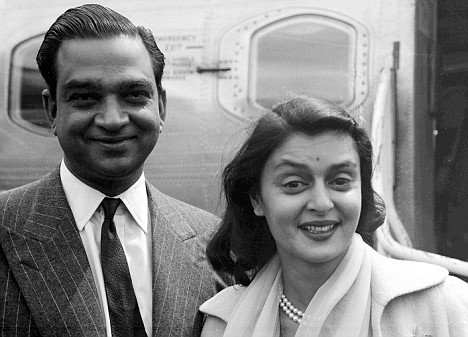
When she was 12, she fell for the most sought-after young man in India, the Maharaja of Jaipur, who was then 21-years-old. Sir Sawai Man Singh Bahadur had two wives then, but he simply couldn’t help being enchanted by the charming Gayatri who was nothing quite like the more orthodox Rajput women he knew.
Their romance faced opposition on all sides but they married anyway in May 1940, which created quite a stir.
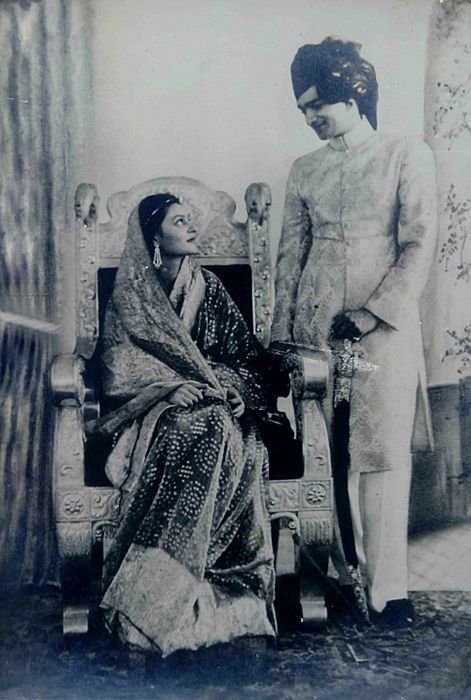
She faced the problems and pressure that came with being a wife to a Maharaja bravely and made it work in her favor.
Being the third wife of the Maharaja of Jaipur wasn’t an easy feat; she adjusted to the life of formality and restrictions. But rather undeterred, she brought the palace women forward from their limited lives with her authority.
Unlike his other wives, she refused to be confined by purdah.
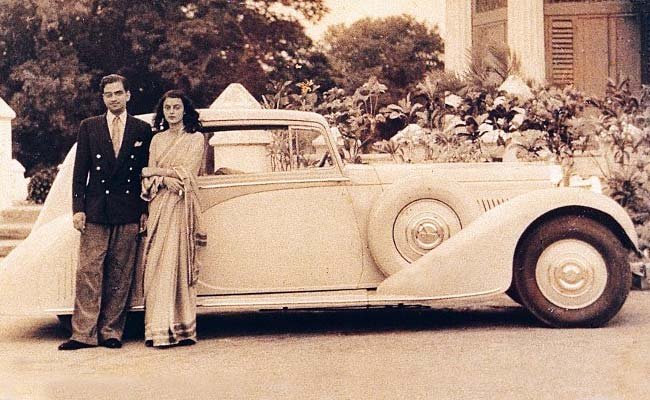
To this, she said,
Looking back, I see that those times were much more ahead than an ordinary approved courtship would have been. There was the challenge of outwitting our elders, of arranging secret meetings… And every now and then, there was a marvelous, unheard of liberty of going for a drive in the country with Jai, of a stolen dinner at Bray, or of an outing on the river in a boat. It was a lovely and intoxicating time.
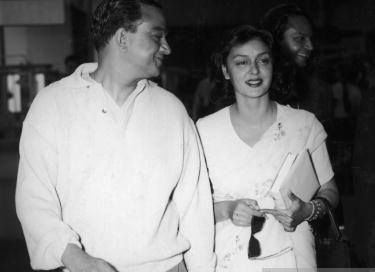
She opened a school for girls, which is today one of the finest in the country.
She rejected the ostracization of women in the country. She didn’t just confine herself to the life of opulence and comfort which she would have had as the Queen but chose to work for the causes that she cared about. During the war, she carried out different kinds of war-work. In 1943, she opened the Gayatri Devi School for Girls with 40 students and an English teacher, which came to be known as one of the finest schools in India.
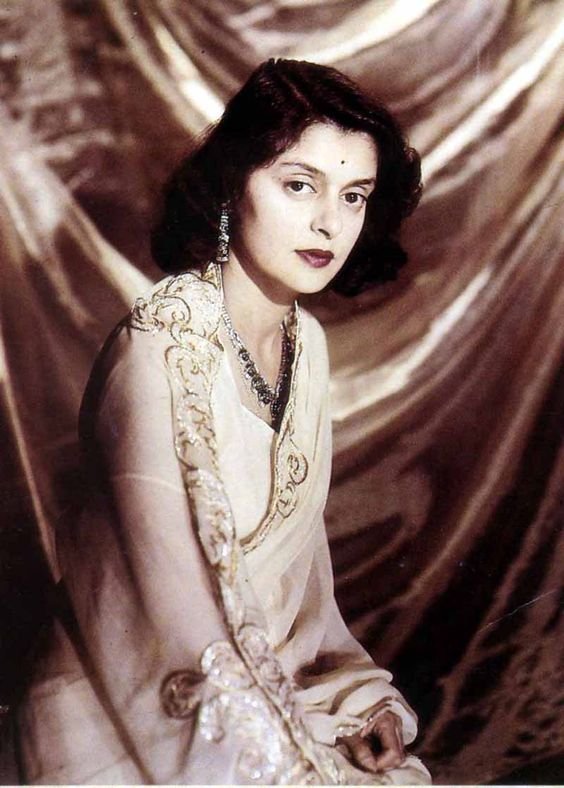
She was the first ever lady to have won the Lok Sabha seat by 1,92,909 votes out of 2,46,516 – a milestone in Indian history.
She remained actively involved in politics and joined the Swatantra Party which was formed as an opposition to the Congress government when Rajasthan became a state. She won her first election in 1962 against a Congress candidate by an avalanche by securing a majority of 175,000 votes that earned her a spot in The Guinness Book of Records. Hearing of her achievement, President John F. Kennedy introduced her as “the woman with most staggering majority that anyone has ever earned in an election.”
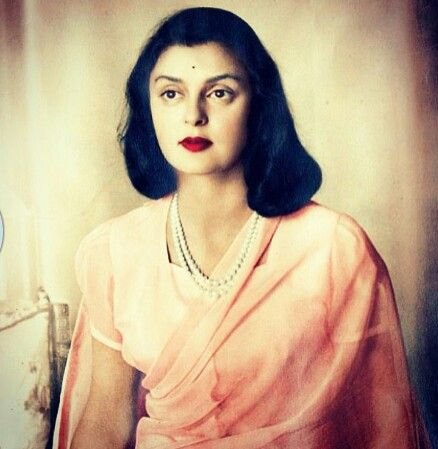
She went on to win her seat again in 1967 in her home constituency.
But things started to go downhill when the Congress Party introduced a bill to abolish the purses and privileges of her family and they had to escape to England. Tragedy hit Gayatri when Man Singh died after a month and she became Rajmata, the Queen Mother, when Man Singh’s eldest son by his first wife, Colonel Bhawani Singh was declared the Maharaja.
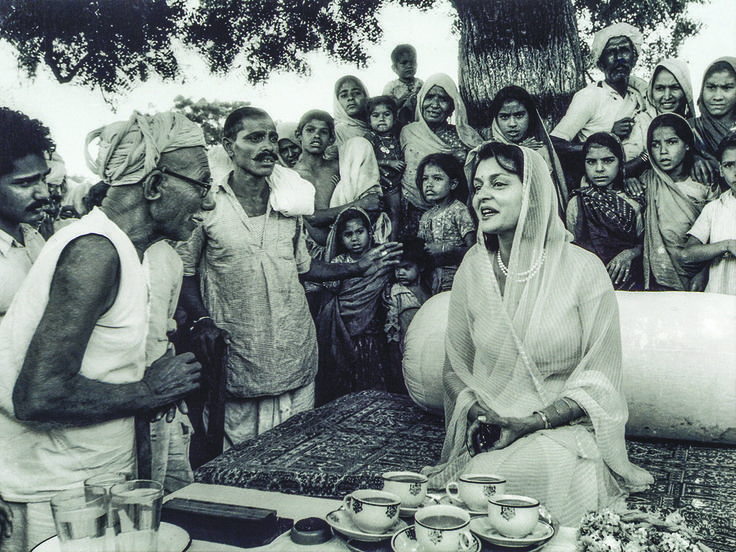
She was arrested and imprisoned in Tihar Jair in 1975 during the emergency.
Still grieving for the love of her life, Rajmata Gayatri Devi was persuaded to stand for her third term in Parliament in 1971, which was the year when the princely state was finally de-recognized. This change in the constitution brought a tough life for the Rajmata and her stepson when, in July 1975, both were arrested and imprisoned in Tihar Jail, though there had never been any serious charges laid against them.
Six months in jail, Gayatri’s will held strong; but, not her body.
Admitted to a hospital, she was eventually released on parole but the trauma that she went through wasn’t big enough to meddle with her love for life.
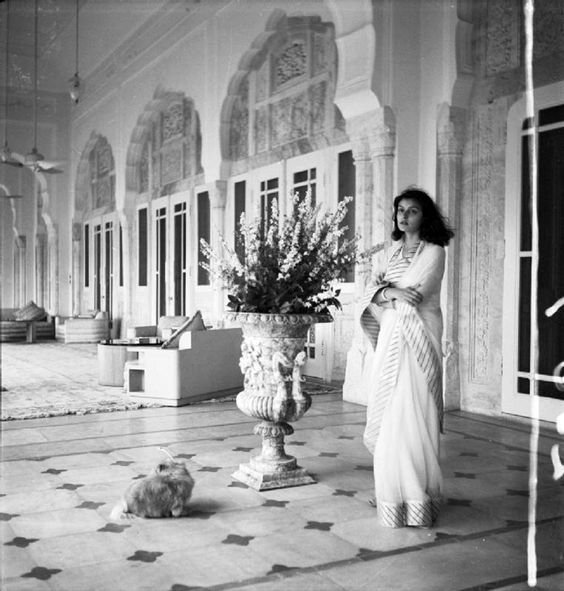
Despite being incarcerated for almost half a year in jail, Gayatri did not let her difficult situations affect her life after she was back into the society.
She went on to fight for the rights of murderers, prostitutes, pickpockets, and other inmates who were living in filthy conditions in the prison. She was successful in curbing the Purdah system practiced by women in Rajasthan.
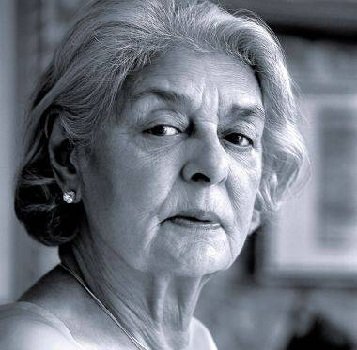
She loved sports events, being a fine horsewoman herself. She remained an avid follower of polo and enjoyed breeding racehorses. She was thoroughly involved in her school and everything that happened in Jaipur. And she loved to travel. Her summer went by in a small flat in Knightsbridge and her winters in Lilypool, in Jaipur where she would invite selected guests for a glass of champagne in the evening. And the ones who displeased her always ended up paying for the drinks.
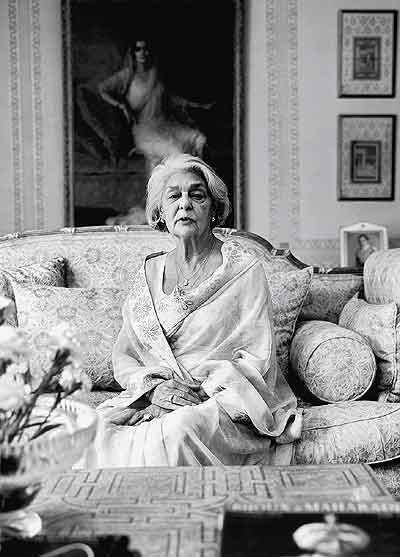
In 1943, Gayatri’s beauty was forever captured by Cecil Beaton who photographed her in Jaipur. She had the rare kind of beauty that followed her into old age.
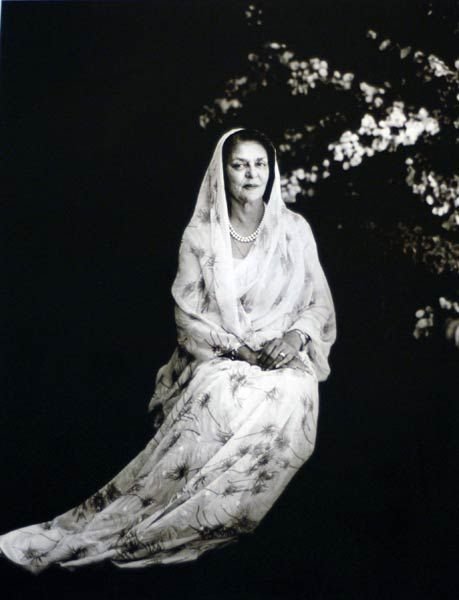
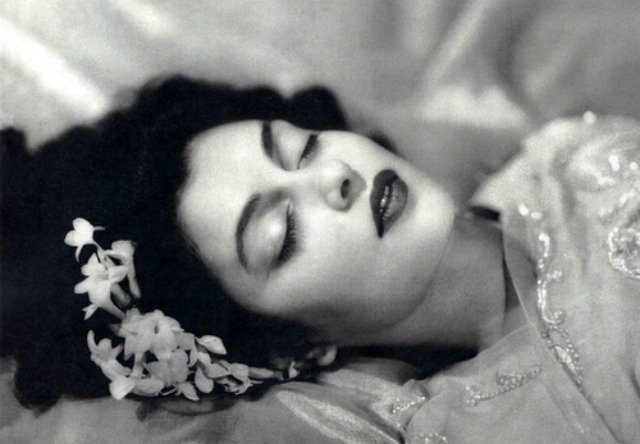
Despite being born into a life of riches, she spoke up for the downtrodden and in her own little ways made a difference. A symbol of beauty, grace, and defiance, Rajmata has been inspirational for generations to come.






